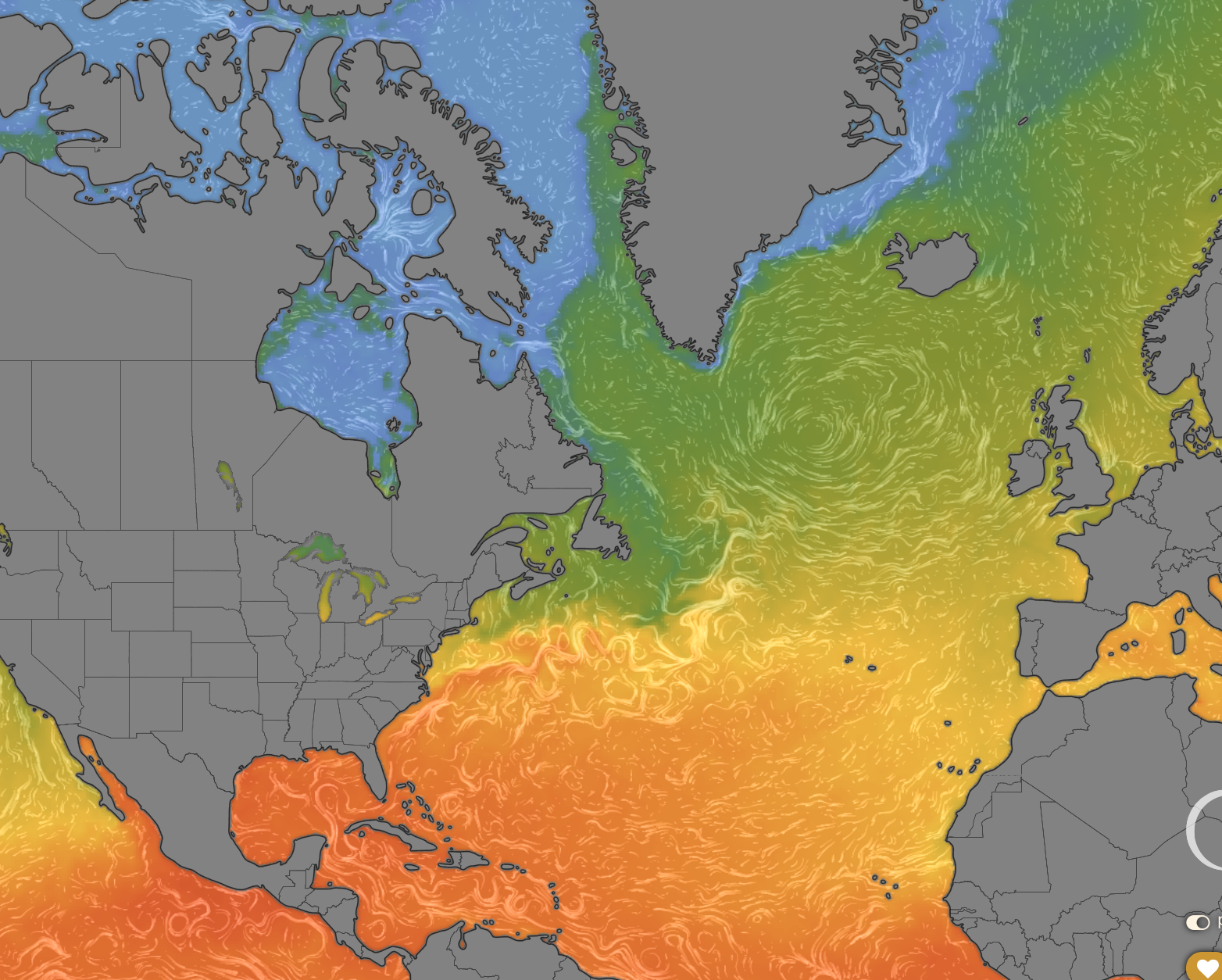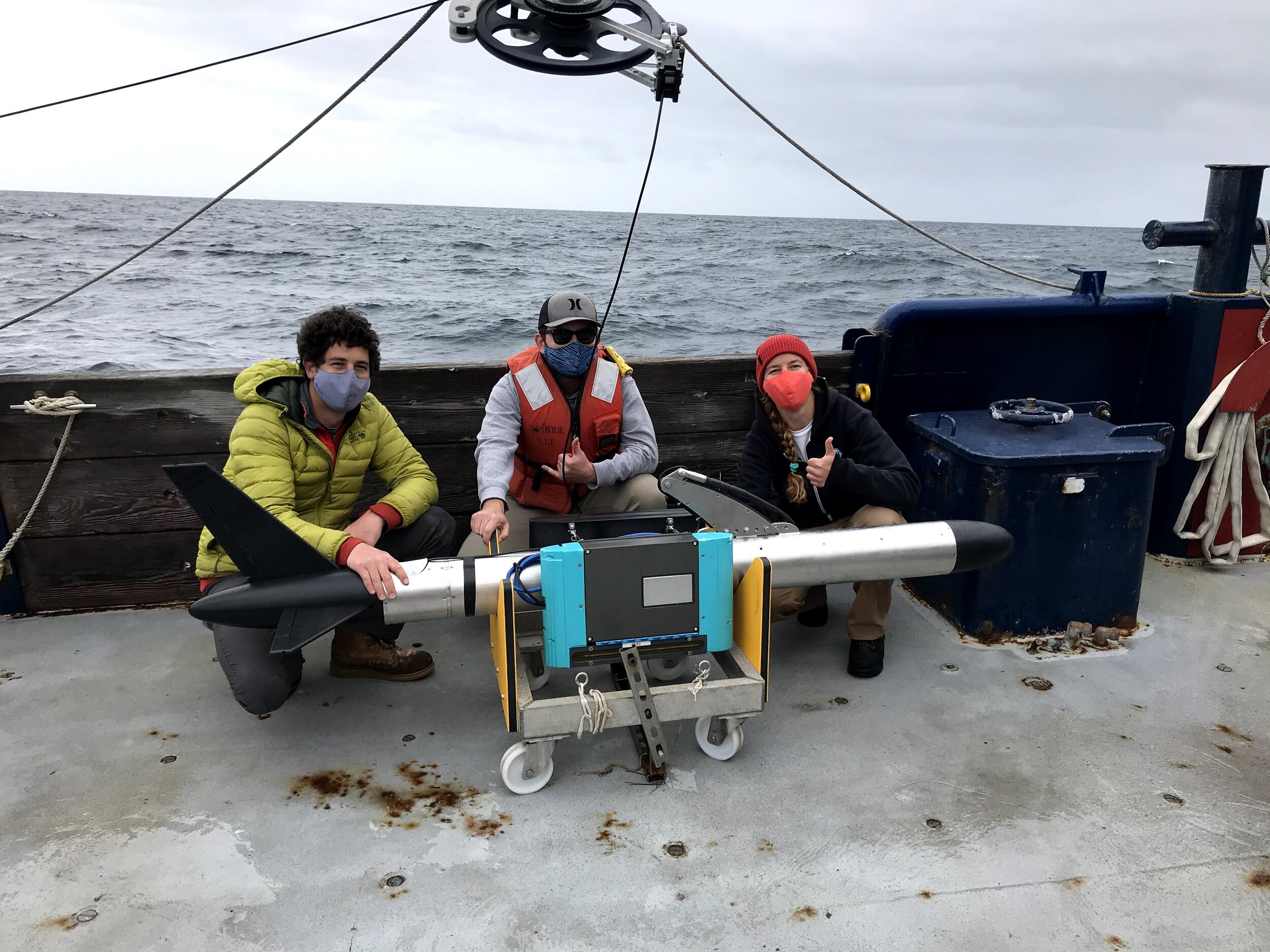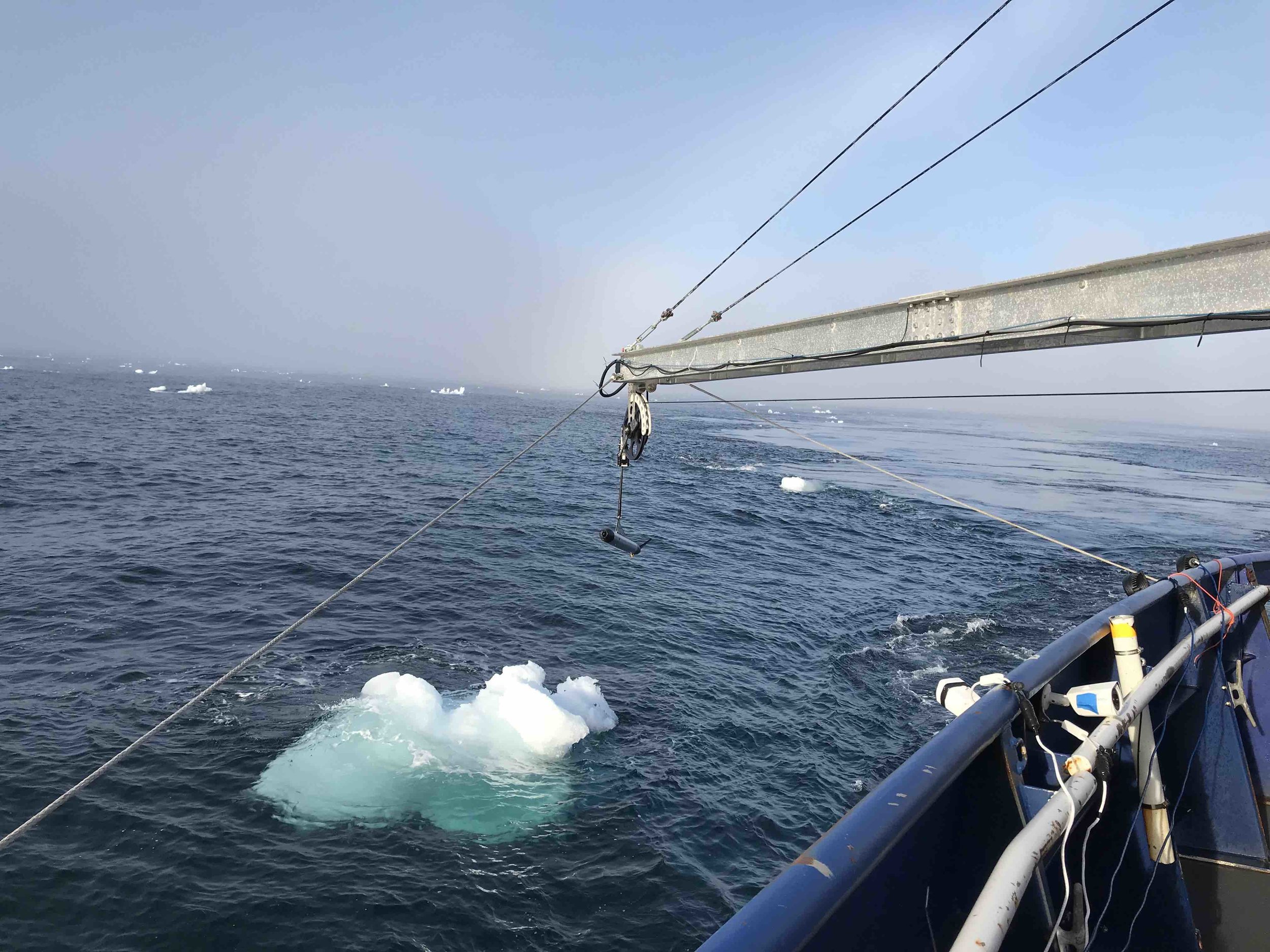Though there have been some (substantial) fieldwork efforts going on here and there during this last pandemic year, like most of the world most of us have been stuck closer to home. With things stabilizing a bit (at least in the US) we are starting up again with our normal level of crazy :) Heading out in June are two fun and hopefully exciting projects in two very different parts of the world, looking at quite different things.
The Boundary Layer Turbulence project will take place in the far North Atlantic. The MOD team and colleagues from several other universities will be delving into the deep dark ocean with some new tools, to see what processes turbulently mix water at the very bottom of the sea, where the ocean rubs on the seafloor. Spoiler alert - those ethereal lurking mysteries may hold a clue for how the whole ocean overturns. Stay tuned for more from them as they set sail soon.
Half a world away, the SUNRISE project will take place in the sweltering Gulf of Mexico. This one is looking at surface processes, specifically how strong fronts associated with Mississippi and other river outflows interact with wind-driven oscillations in the surface ocean, and how they conspire to move heat, salt and nutrients around the coastal ocean.
Stay tuned for dueling updates!!






